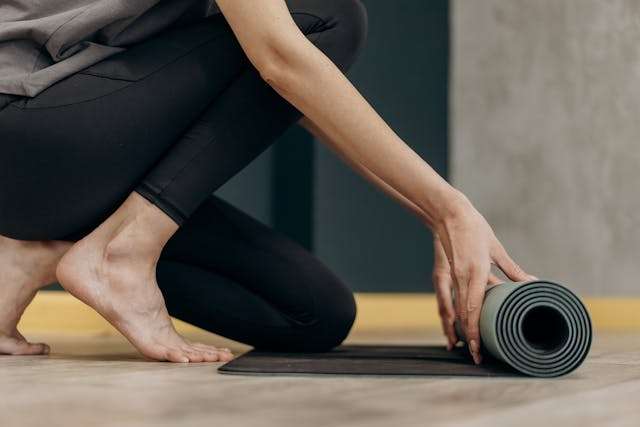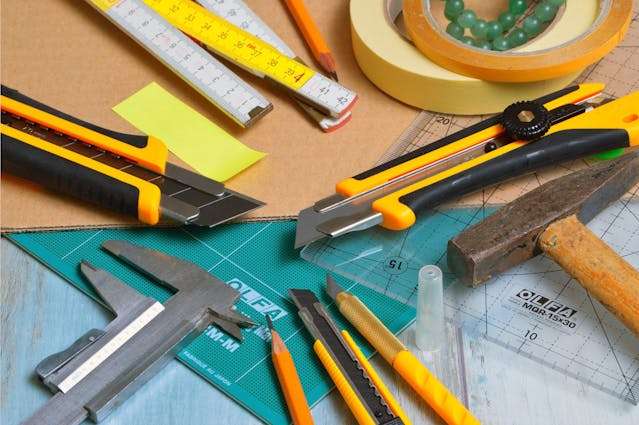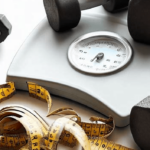Staying fit and maintaining a balanced diet can be challenging for anyone, but for individuals with amputations, these challenges are often more complex. However, with the right approach, amputees can achieve and maintain a healthy lifestyle that supports both physical and emotional well-being. Here are some fitness and nutrition tips tailored specifically for amputees.
Adapting Fitness Routines

Physical activity is essential for maintaining a healthy weight, improving mobility, and enhancing overall quality of life. However, traditional fitness routines may need to be adapted to accommodate the unique needs of amputees.
- Work with a Physical Therapist: A physical therapist can help design a personalized exercise program that takes into account your specific type of amputation, fitness level, and goals. They can also teach you how to safely perform exercises that might otherwise be challenging.
- Focus on Core Strength: Core strength is crucial for balance and stability, especially for amputees who rely on prosthetics. Incorporate exercises like seated leg lifts, planks, and torso twists to build core muscles.
- Incorporate Low-Impact Exercises: Low-impact exercises such as swimming, cycling, and rowing can provide excellent cardiovascular benefits without putting excessive strain on joints. These activities are particularly beneficial for those with lower-limb amputations.
- Use Adaptive Equipment: There are many types of adaptive fitness equipment designed specifically for amputees. From specialized bikes to modified weight machines, these tools can help you stay active and safe.
- Pace Yourself: It’s important to listen to your body and avoid overexertion. Start slowly, especially if you’re new to exercise, and gradually increase the intensity and duration of your workouts.
Tailoring Nutrition to Your Needs
Nutrition plays a vital role in overall health, especially when managing weight and supporting recovery post-amputation. The following tips can help ensure that your diet supports your fitness goals and overall well-being.
- Adjust Caloric Intake: After an amputation, your body may require fewer calories to maintain weight. It’s important to adjust your caloric intake accordingly to prevent unwanted weight gain. Consider consulting with a dietitian to determine your specific needs.
- Prioritize Protein: Protein is essential for muscle repair and recovery, especially after exercise. Include high-quality protein sources like lean meats, fish, eggs, legumes, and dairy in your diet.
- Stay Hydrated: Proper hydration is crucial for all bodily functions, including metabolism and muscle recovery. Aim to drink plenty of water throughout the day, especially during and after exercise.
- Monitor Portion Sizes: Portion control is key to managing caloric intake. Use smaller plates, measure portions, and be mindful of serving sizes to avoid overeating.
- Focus on Nutrient-Dense Foods: Choose foods that are rich in vitamins, minerals, and other essential nutrients. Fresh fruits, vegetables, whole grains, and healthy fats should make up the majority of your diet.
- Plan Balanced Meals: Ensure that each meal includes a balance of macronutrients—proteins, carbohydrates, and fats—to provide sustained energy and support overall health.
Using Tools to Monitor Progress

Monitoring your fitness and nutrition progress is important for staying on track with your goals. For amputees, using specialized tools like the BMI calculator for individuals with amputations can provide a more accurate assessment of your body composition. This allows you to make informed decisions about your diet and exercise routine.
Conclusion
Fitness and nutrition are key components of a healthy lifestyle for amputees. By adapting fitness routines, tailoring nutrition to your specific needs, and using the right tools to monitor progress, you can achieve and maintain your health and wellness goals. Whether you’re just starting your fitness journey or looking to refine your approach, these tips can help you lead a more active and fulfilling life.














